Neon Greyhound Depot Sign: Vintage Art Deco Bus Station Advertising – NS6181
This Old New Stock Storage Unit Find Was Prototype Built For The First Greyhound Station In The Early 1900’s But Was Never Used
Today Our Experts Have Completed It, By Adding Neon To Make This A Functioning Piece Of History

Description
Neon Greyhound Depot Sign: Rare Vintage 1900's Bus Station Advertising
This is an original old new stock vintage neon Greyhound Depot sign for sale at ArtFactory.com, and was a prototype from the 1910's made for the very first Greyhound Depot station. This original Art Deco style sign was rejected from being finished because of the tilt of the "O" in Depot. We took this old new stock sign and finished the job. Building a can for it and adding red white and blue neon with a running dog. Later, a more realistic looking dog was used on the production signs that were displayed at bus stations in the 1930's/1940's. However, this prototype is a one-of-a-kind piece of history, and to top it all off, our experts have added neon to make this a functioning sign for the first time in its history. It measures 52 inches in wide by 32 inches tall, and is on a 5 inch deep metal can. This authentic bus depot advertisement features the popular "Running Greyhound" logo. It has a blue background with a red border. The logo and lettering that reads "DEPOT" above the Greyhound logo are both white. This sigh lights up with white neon around the logo and lettering, and around the edges is a 3 color red, white, and blue neon border. It is a single sided genuine vintage porcelain sign that is very thick and heavy. The sign was manufactured in the U.S.A., with a maker's mark that reads "The Carey System, Charleston, West Virginia". All neon, SOLID STATE TRANSFORMERS, wiring, mounts, and electrical parts have been installed by our experts to exceed all electrical safety codes worldwide. The neon features a separate on/off toggle pull cord as pictured.
Neon Greyhound Depot Sign Additional Details
This vintage neon Greyhound Depot sign is original memorabilia from one of America's most iconic brands. It is sold in original unrestored condition because our belief is that signs should not be restored because every ding, dent, and blemish is part of the history and story of the item. We are a one stop shop when it comes to outfitting your man cave or game room. We can can outfit an entire gas station or automotive themed room for you, or help you find that one special item that has been missing from your collection. In addition to signs, we have vintage visible gas pumps, oil pumps, lubesters, and more that we have fully restored to working, museum quality condition. Our vintage automobilia restorations are the best in the business because nobody has been doing it longer, or pays as much attention to detail.
This rare vintage neon Greyhound Depot sign is the perfect conversation piece that will wow your friends and clients alike. Like all of our vintage collectible signs, it is guaranteed authentic, investment quality memorabilia. We specialize in those hard to find signs that serious collectors are looking for. All antique collectables offered are genuine memorabilia and appreciable assets, not fake reproductions. All items are fine collectable art at the highest world class collector level. Contact us today for pricing on this collectible vintage neon Greyhound Depot sign or any of our collectible Americana, antique signs, old gas pumps, and classic collectibles at 1-800-292-0008.
Watch Neon Sign Restorations Video
Neon Greyhound Sign Specifications
- Type: Vintage Genuine Original “Old New Stock" Porcelain Sign
- Sides: Single Sided
- Shape: Die Cut
- Company: Greyhound
- Product: Bus Depot
- Era: 1920s-30s
- Maker: The Carey System, Charleston, West Virginia (The first sign maker contracted by the “Yelloway” & Grey Hound Bus Company in early 1900's)
- Place Of Manufacture: Charleston, West Virginia, U.S.A.
- Color: Blue/White/Red
- Americas Flag In Neon Border
- Neon Color: White (Around Logo & Lettering)/Blue/White/Red (Border)
- Notice: All Holes We’re Pre Drilled In This Original Sign And Porcelain, See Photos
- The Very Rare Running Grey Hound Built For Very First Grey Hound Bus Station. However Never Used Due To Slightly Slanted Letter O
Dimensions: 52 Inches Wide By 32 Inches Tall (5 Inch Deep Metal Can) - New Heavy Gauge Steel Can Hand Built And fitted to this Original Old New Stock Porcelain Sign Can Finished For Indoor Or Outdoor Use.
- Condition: Old New Stock Original Porcelain Sign Not Restored Or Doctored (As-Is, See Photos For Details)
- Neon Details: Fitted with modern era correct neon glass hand blown by our master glass blower in the same style as the original design requirements.
- Solid State Transformers, Wiring, Mounts, Switches, And Wires Have Been Expertly Installed. Neon Has Separate Toggle Pull Chord As Pictured So That The Sign Can Easily Be Switched On And Off With Out Unplugging. Comes with H.J. Nick exclusive “Fast Hanger Bar” Allowing a Simple and Easy Way to Hang Straight and True Every Time.
Greyhound Facts & Figures
As of April 2019 Greyhound Offered Service To:
- 2400 Destinations
- Carried 16 Million Passengers Per Year
- Has Over 1700 Vehicles In Its Fleet
- Travels Over 5 Billion Passenger Miles Per Year
Read More At: Greyhound Facts & Figures
Greyhound Lines History: The Early Years
Carl Eric Wickman was born in Sweden in 1887. In 1905, he moved to the United States where he worked as a drill operator at a mine in Alice, Minnesota, until he was laid off in 1914. That same year, he became a Hupmobile salesman in Hibbing, Minnesota. Although unsuccessful as a car salesman, Wickman used a seven-passenger car to begin a bus service with Andy "Bus Andy" Anderson and C.A.A. "Arvid" Heed in 1914. The fledgling company transported iron ore miners from Hibbing to Alice at 15 cents a ride.
In 1915, Wickman joined forces with Ralph Bogan, who was running a similar service from Hibbing to Duluth, Minnesota, to form the Mesaba Transportation Company. The company made $8,000 in profit in its first year.
By the end of World War I in 1918, Wickman owned 18 buses and was making an annual profit of $40,000. In 1922, Wickman joined forces with Orville Caesar, the owner of Superior White Bus Lines.
The Greyhound name had its origins in the inaugural run of a route from Superior, Wisconsin to Wausau, Wisconsin. While passing through a small town, Ed Stone, the route's operator, saw the reflection of his 1920s era bus in a store window. The reflection reminded him of a greyhound dog, and he adopted that name for that segment of the Blue Goose Lines. The Greyhound name became popular across the bus network but only later gave its name to Greyhound Corporation. Stone later became General Sales Manager of Yellow Truck and Coach, a division of General Motors (GM), which built Greyhound buses.
Read More At: Greyhound Lines on Wikipedia
The Design Inspiration: Streamline Moderne
Art Deco grounds us to the Earth with simplistic geometric beauty. Streamline Moderne gives us wings to dream about aerodynamically leaving this earth and taking flight.
The Streamline Moderne style was the first to incorporate electric lighting into architectural structures. A design style inspired by Art Deco that entered the world stage around the early 1930s. Referencing aerodynamic designs, long horizontal lines, and curving sleek forms.
In France, it was called the Style paquebot, or "ocean liner style", and was influenced by the design of the luxury ocean liner SS Normandie, launched in 1932.
As the Great Depression of the 1930s progressed, Americans saw a new aspect of Art Deco. Streamlining, a concept first conceived by industrial designers who stripped Art Deco design of its ornament in favor of the aerodynamic pure-line concepts of motion. Sharp angles were replaced with simple, aerodynamic curves, and ornament was replaced with smooth concrete and glass.
The defining event for streamline moderne design in the United States was the 1933–34 Chicago World's Fair, which introduced the style to the general public. The new automobiles adapted the smooth lines of ocean liners and airships. The grills and windshields tilted backwards, cars sat lower and wider, and they featured smooth curves and horizontal speed lines.
Read More At: Streamline Moderne on Wikipedia
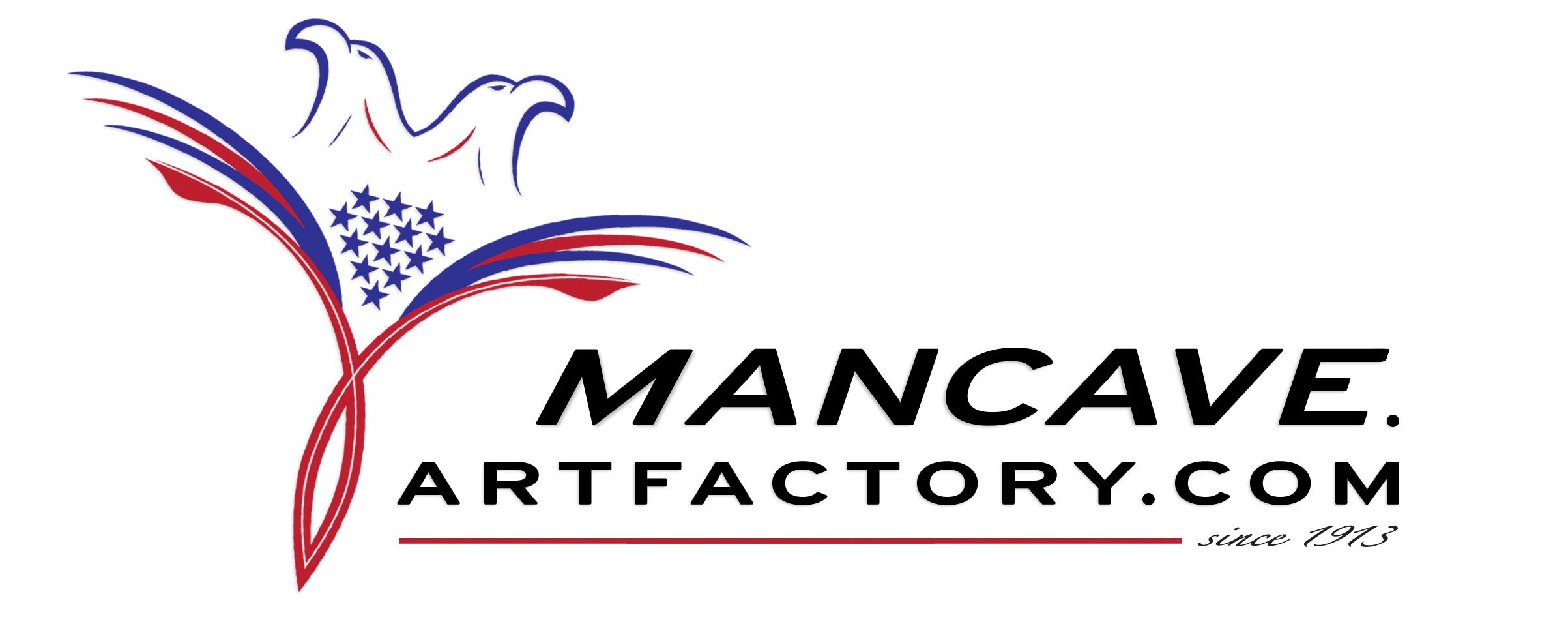

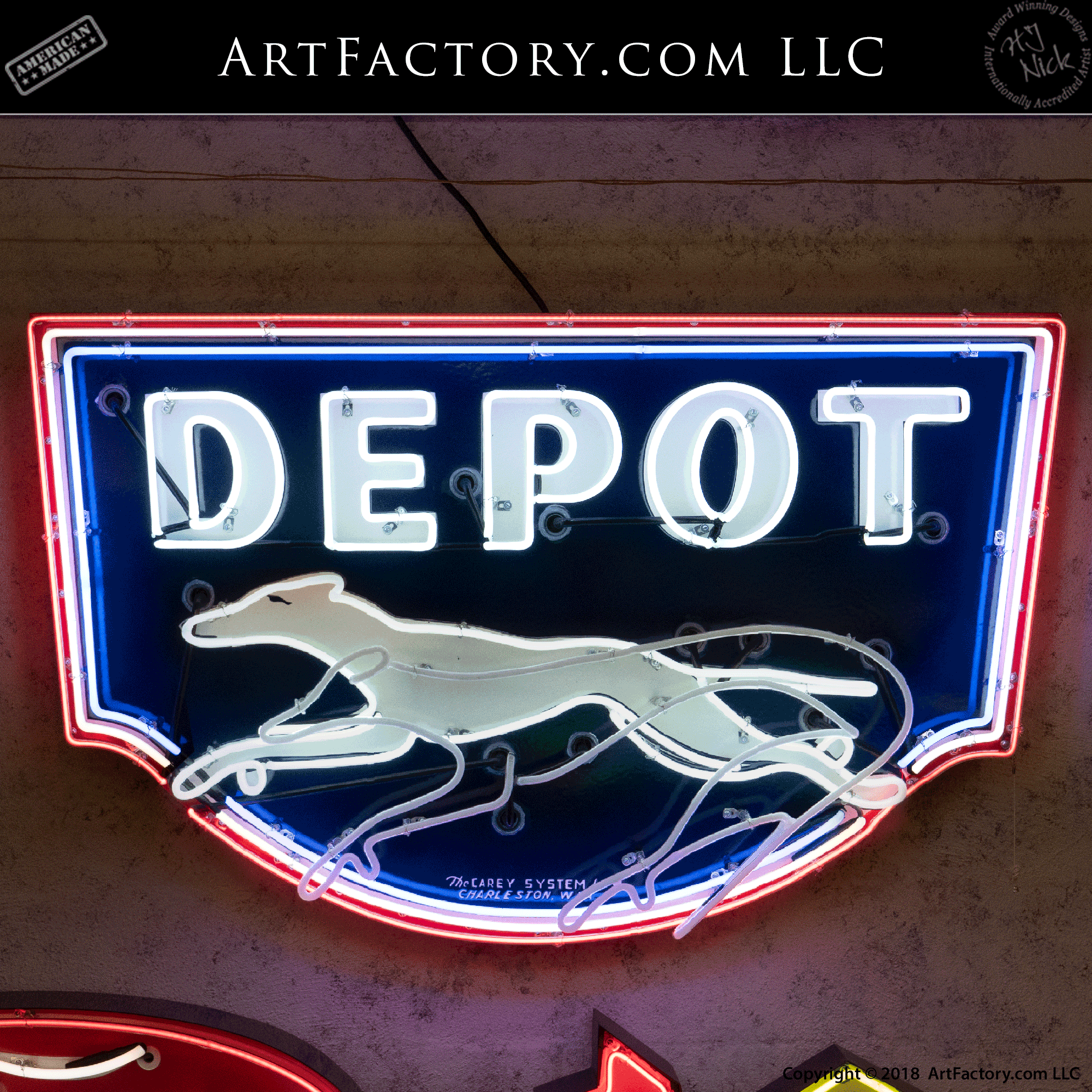


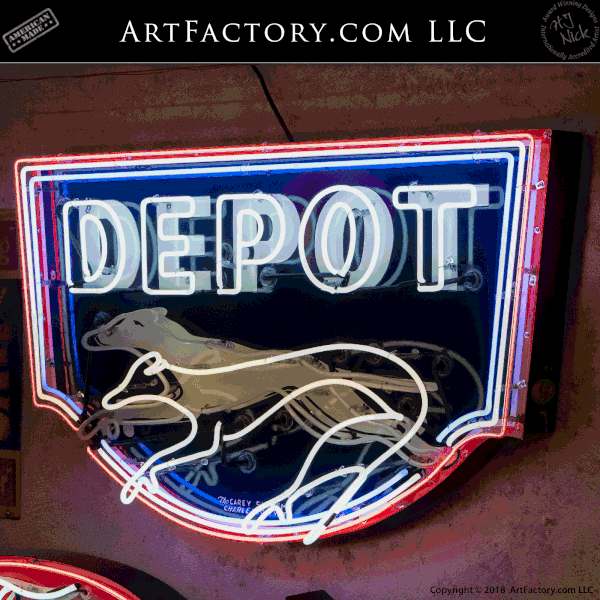

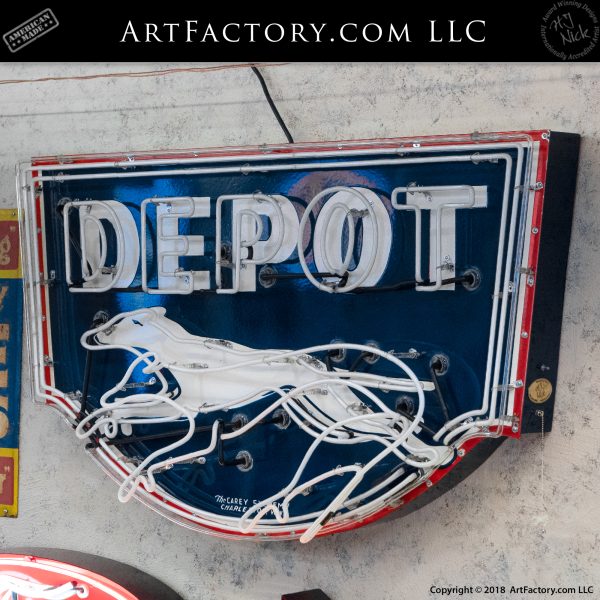
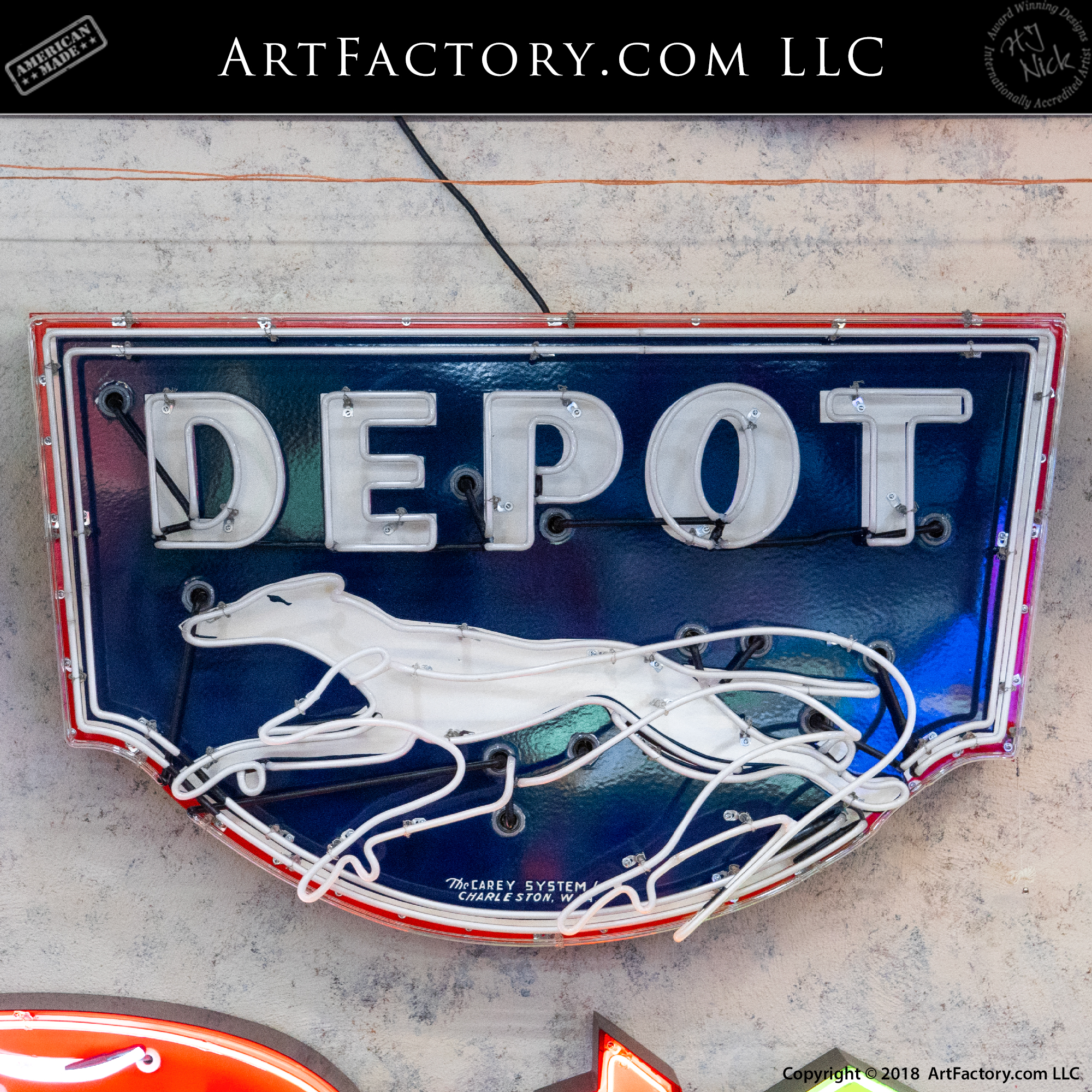
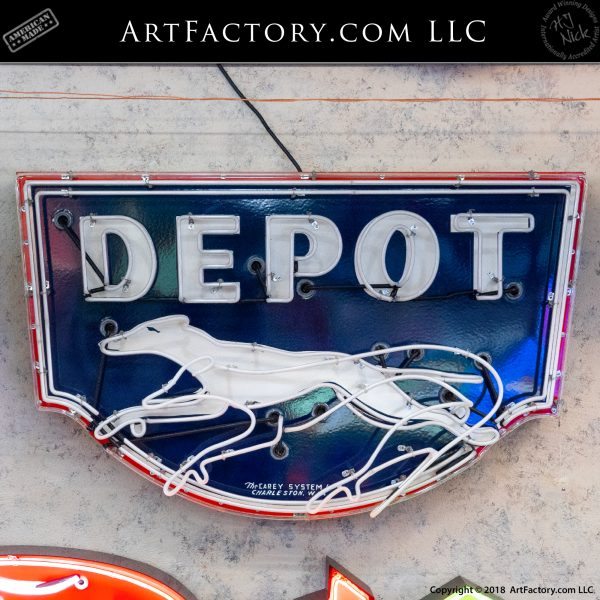
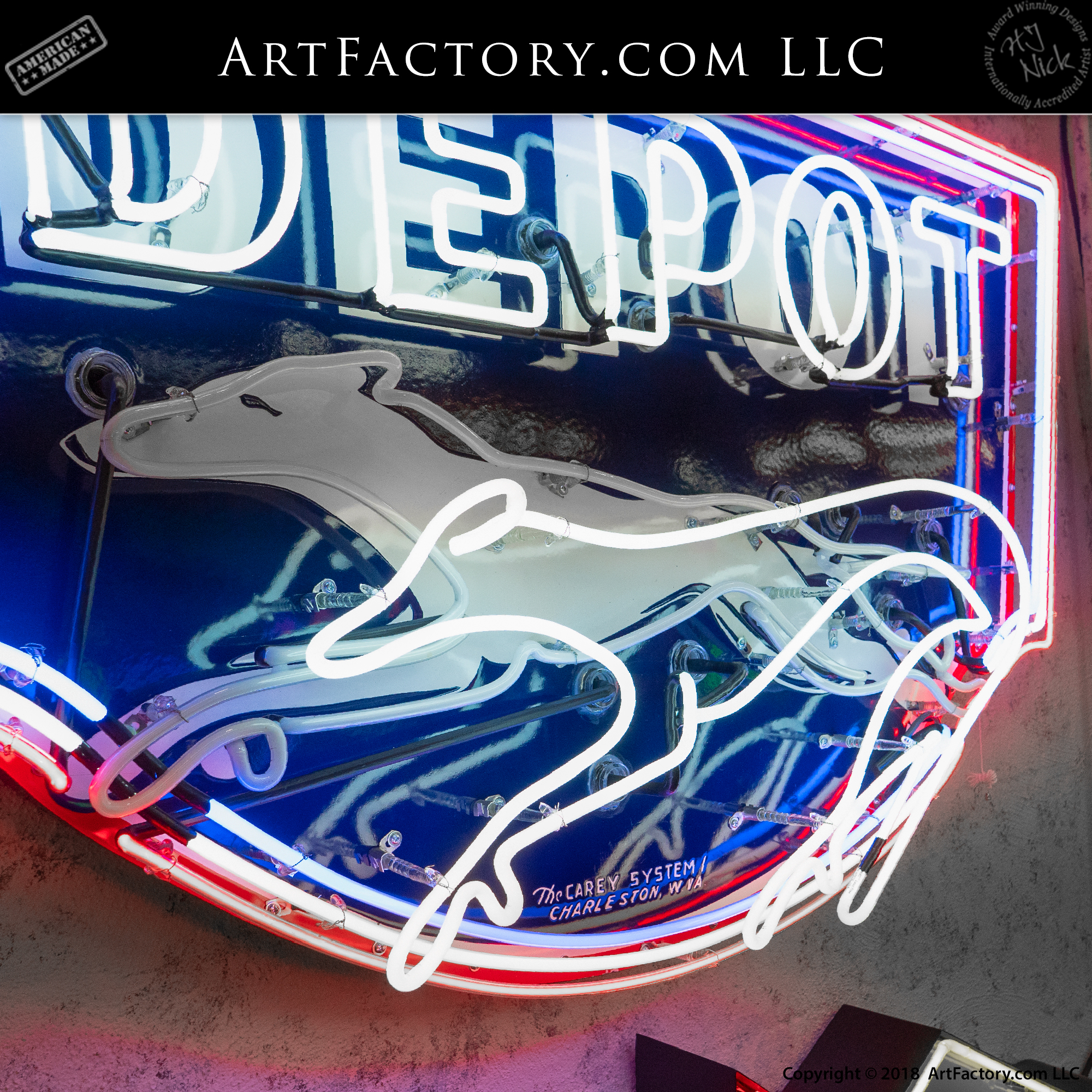
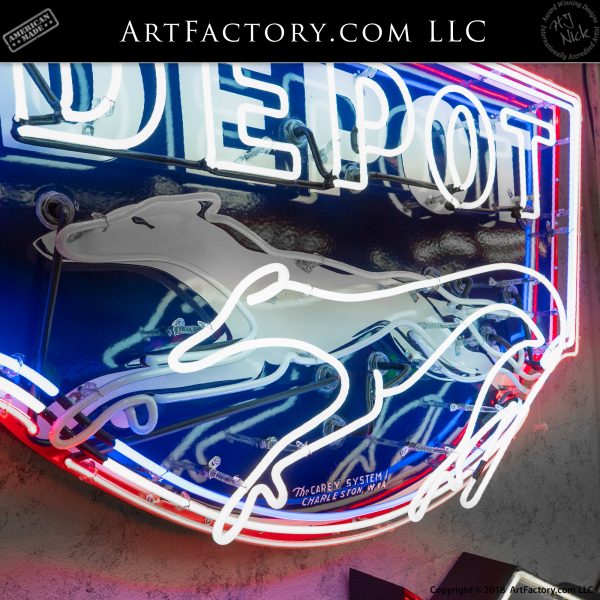
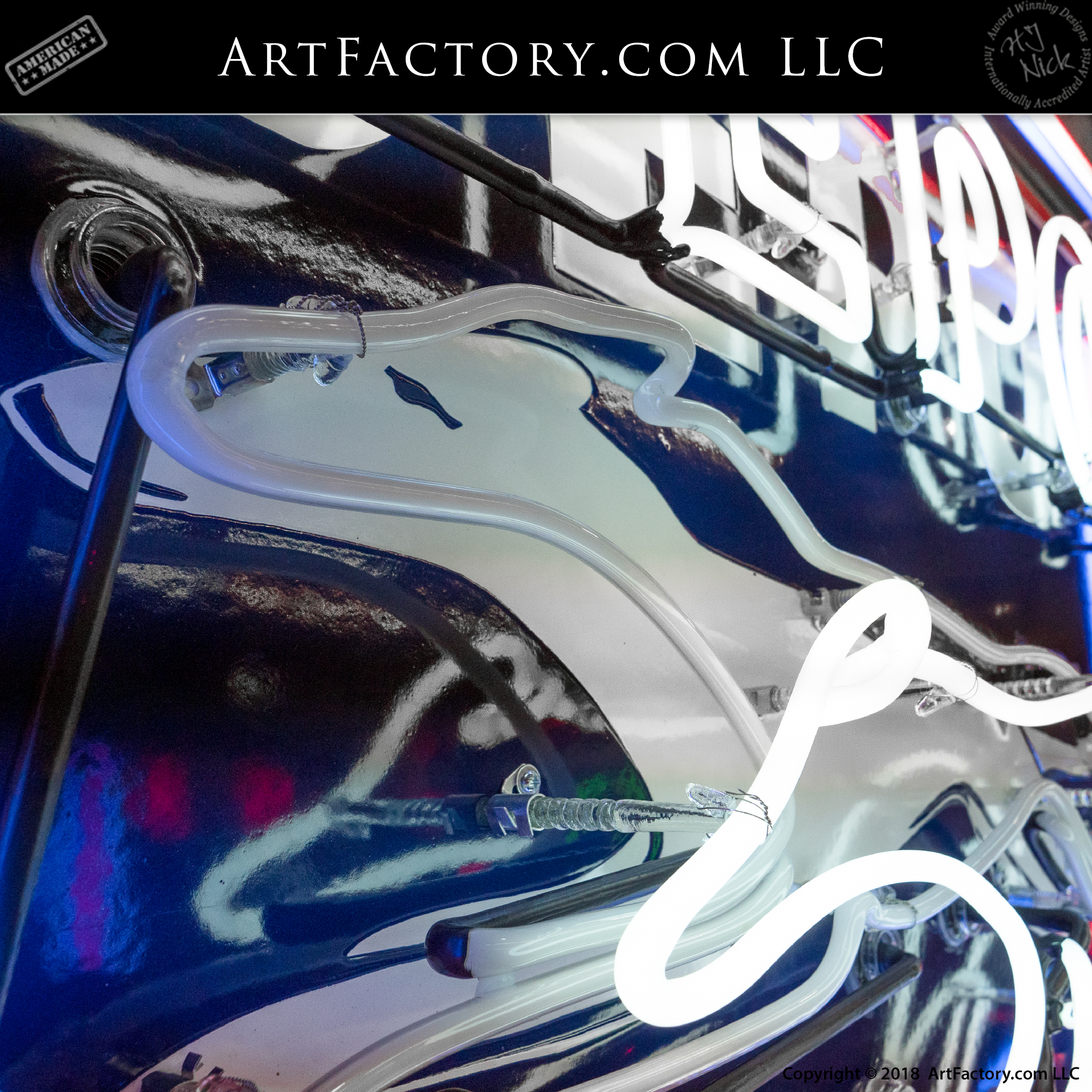
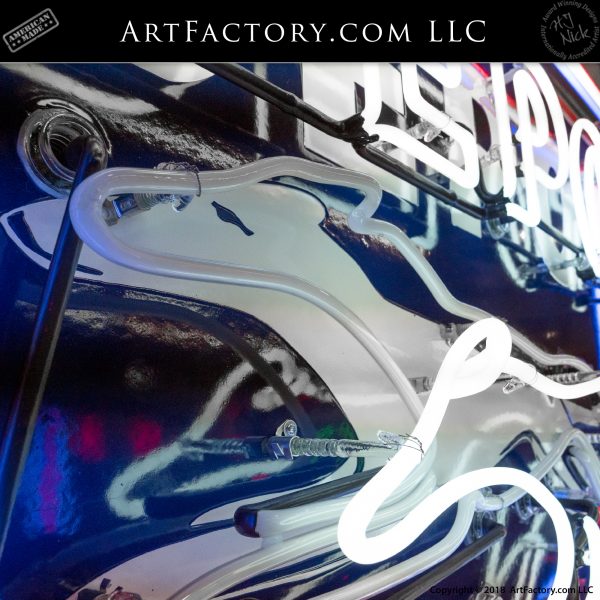
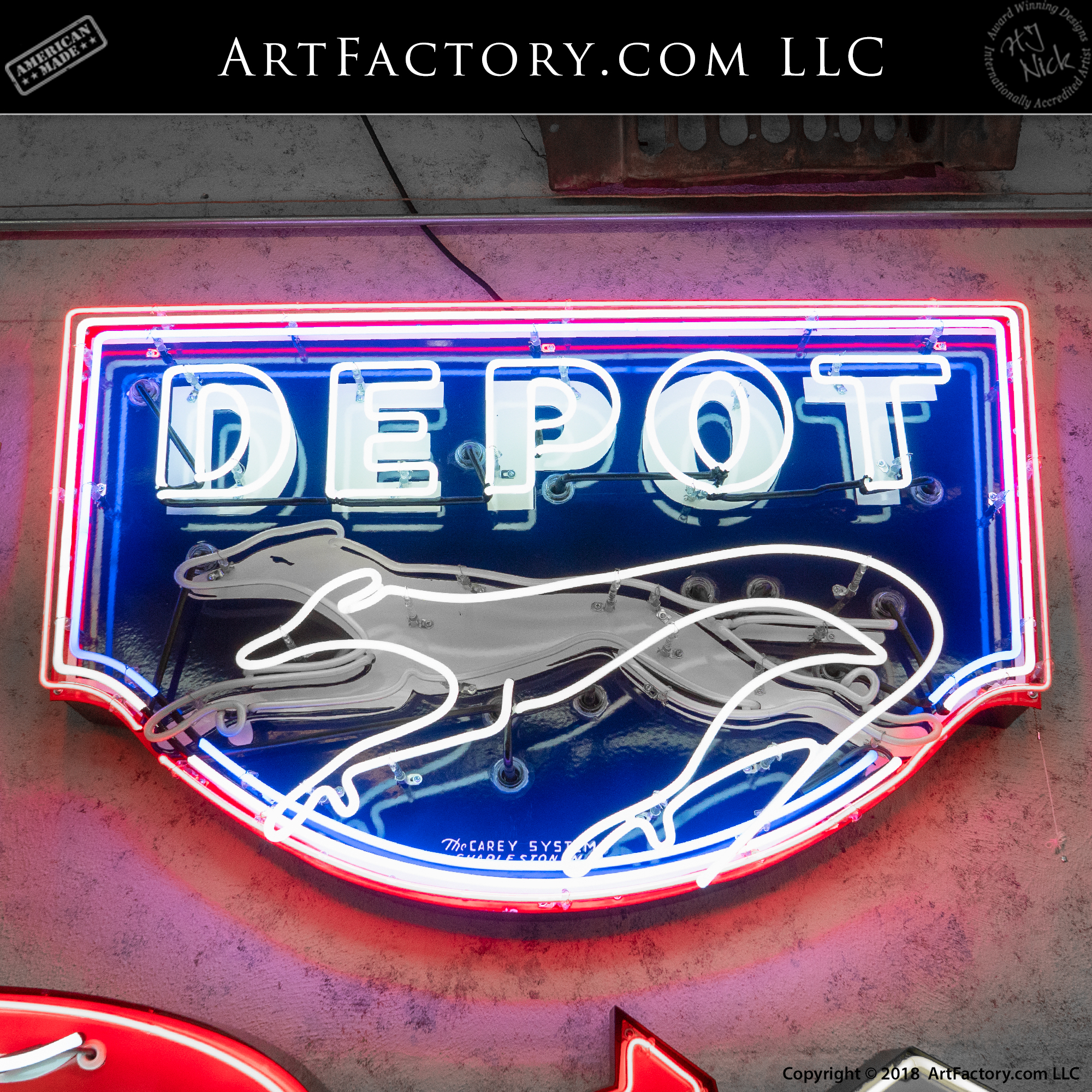
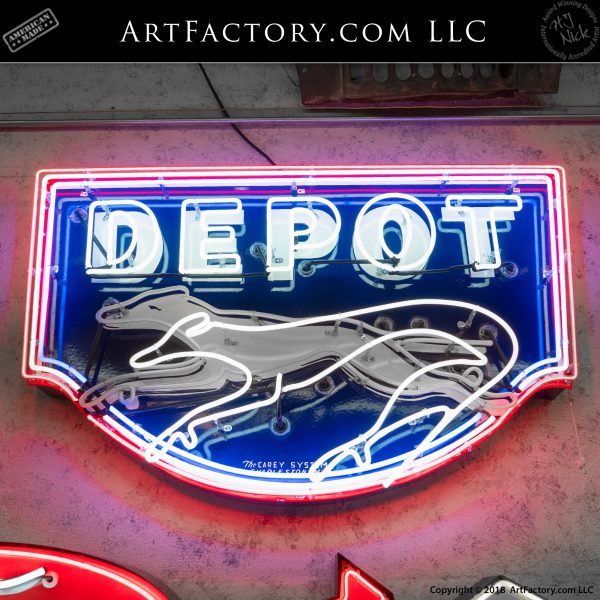
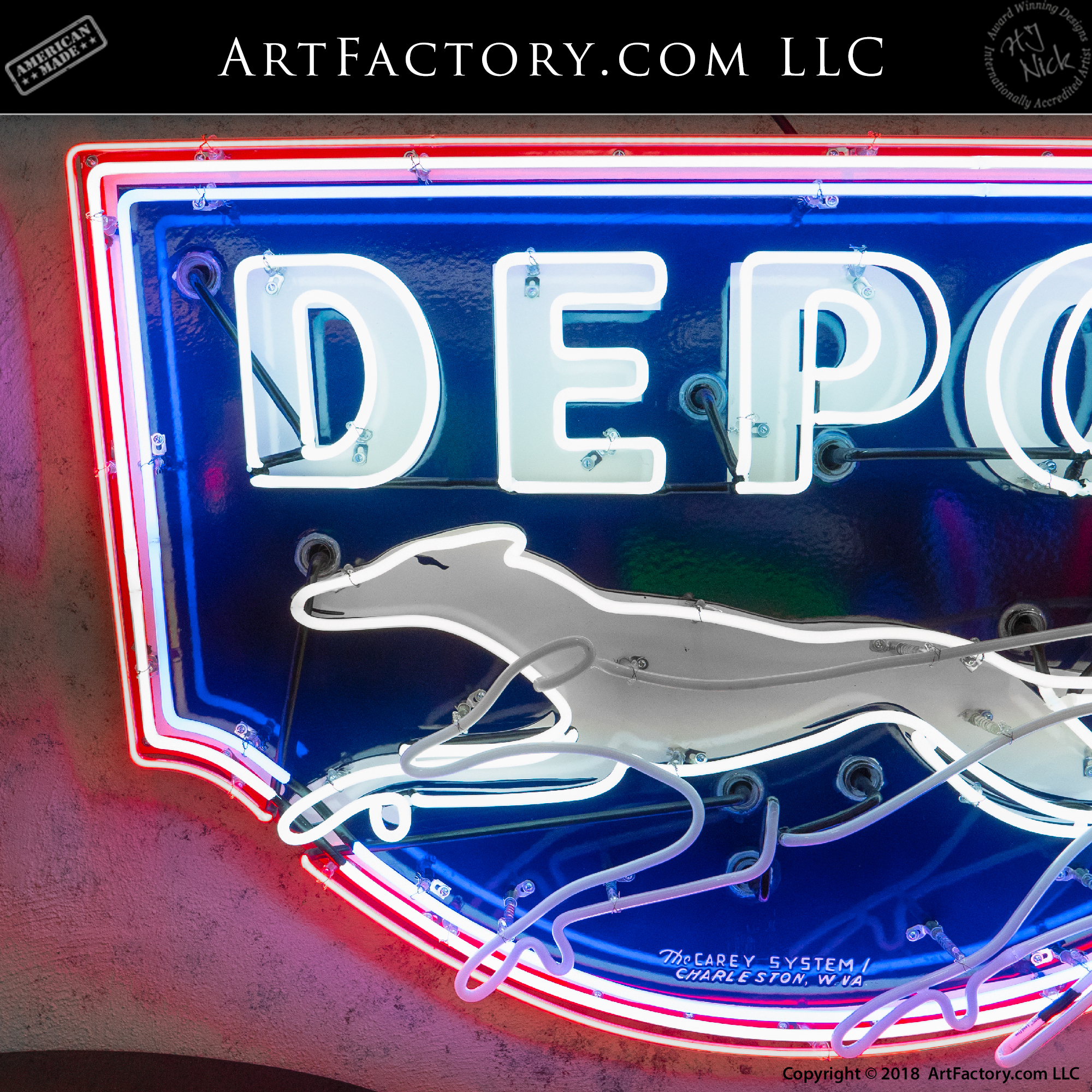

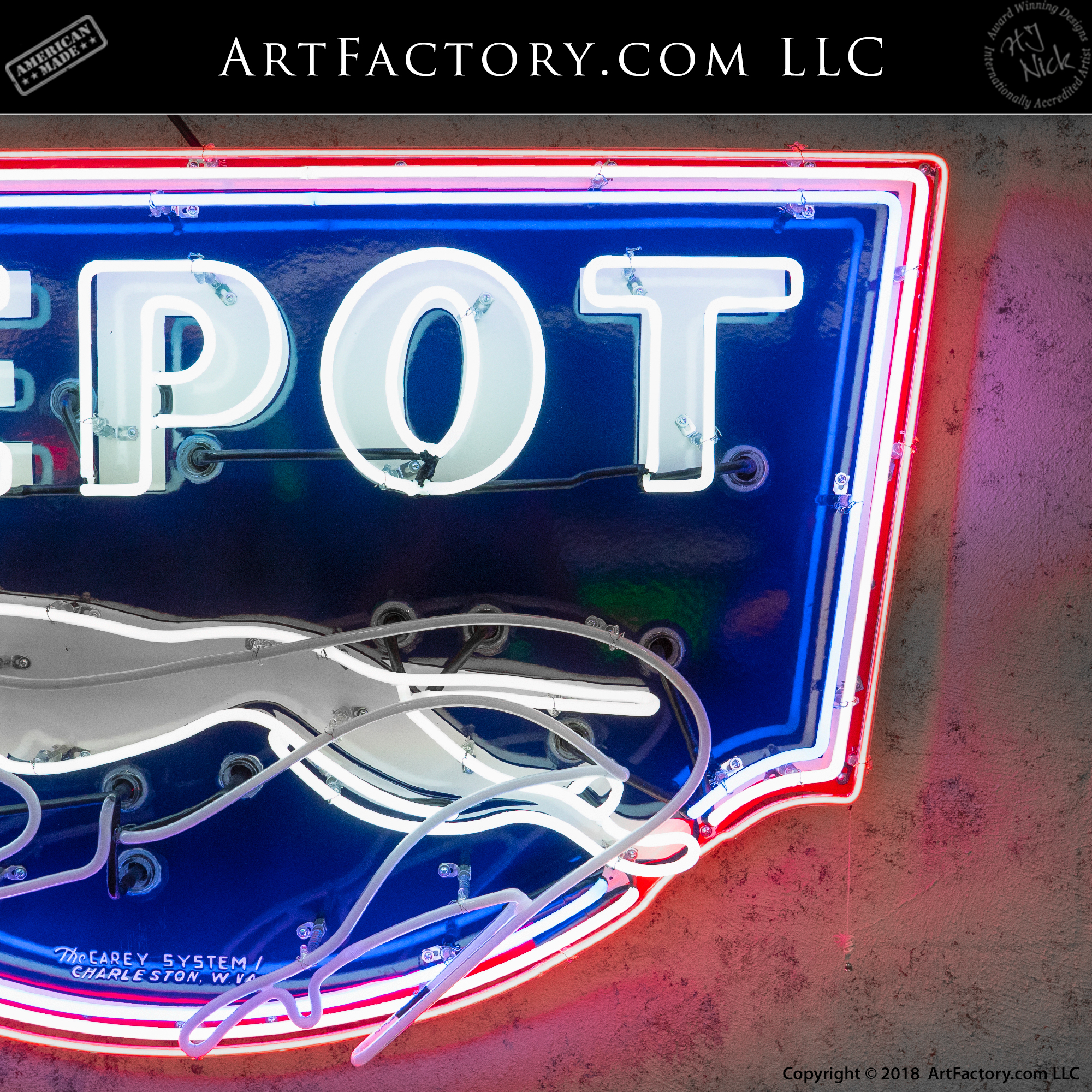
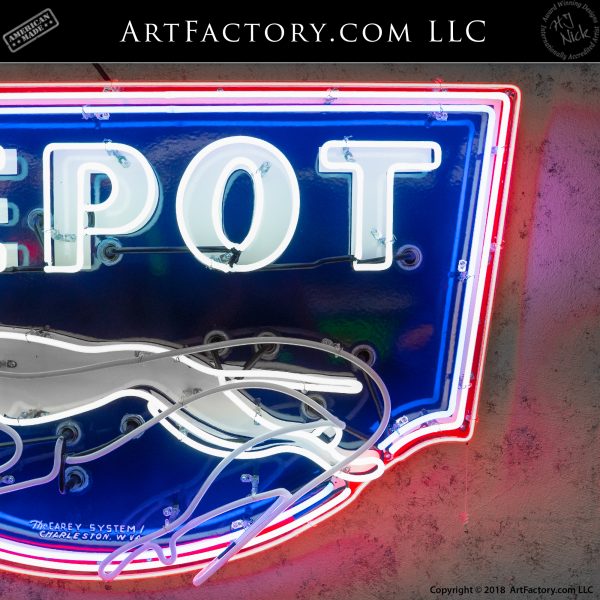
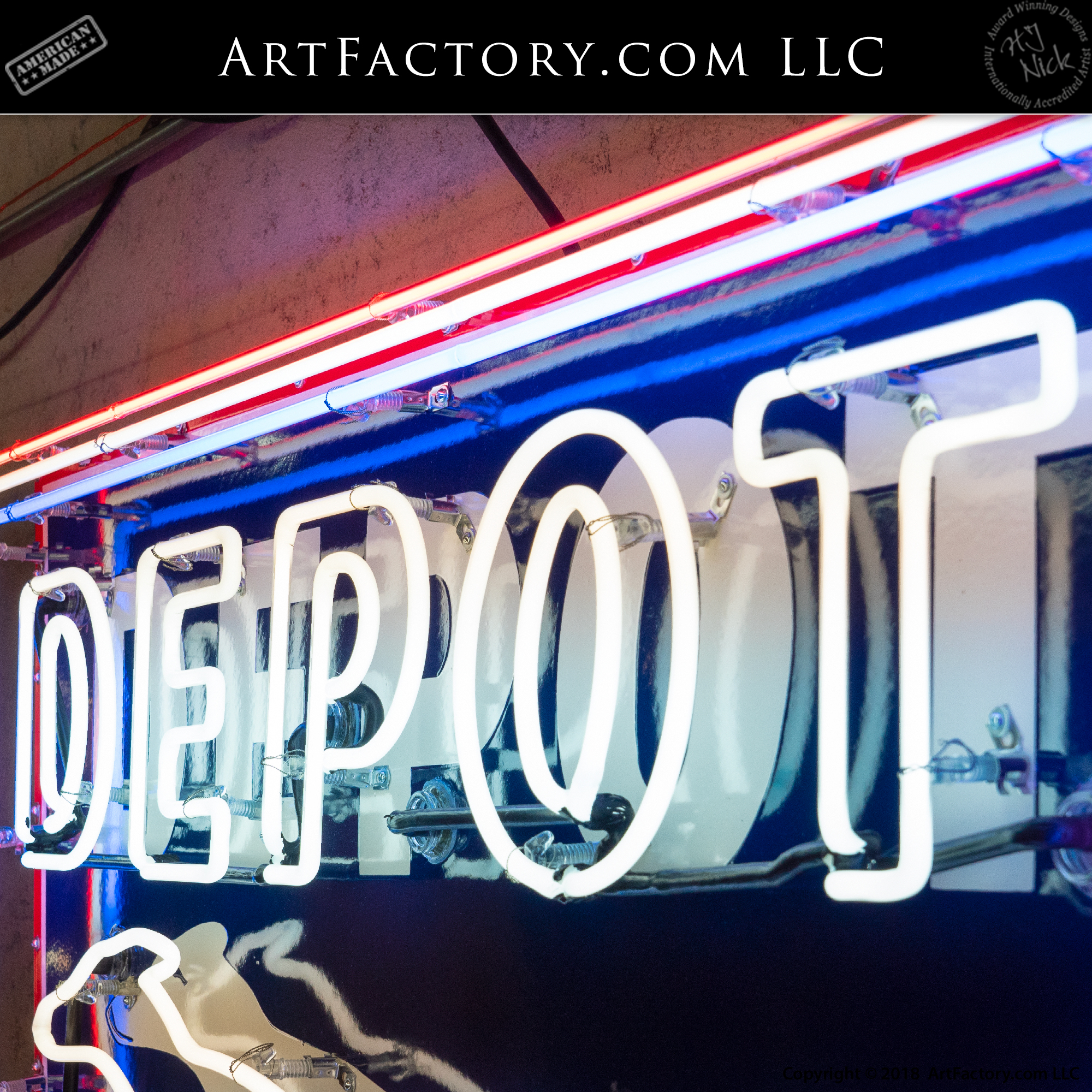
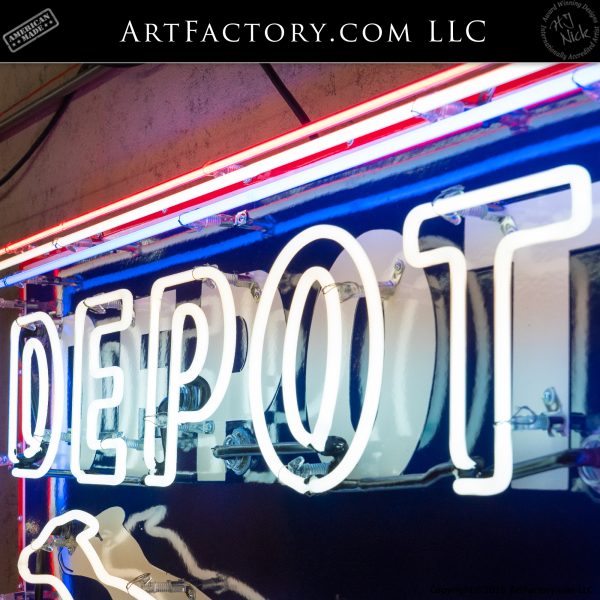
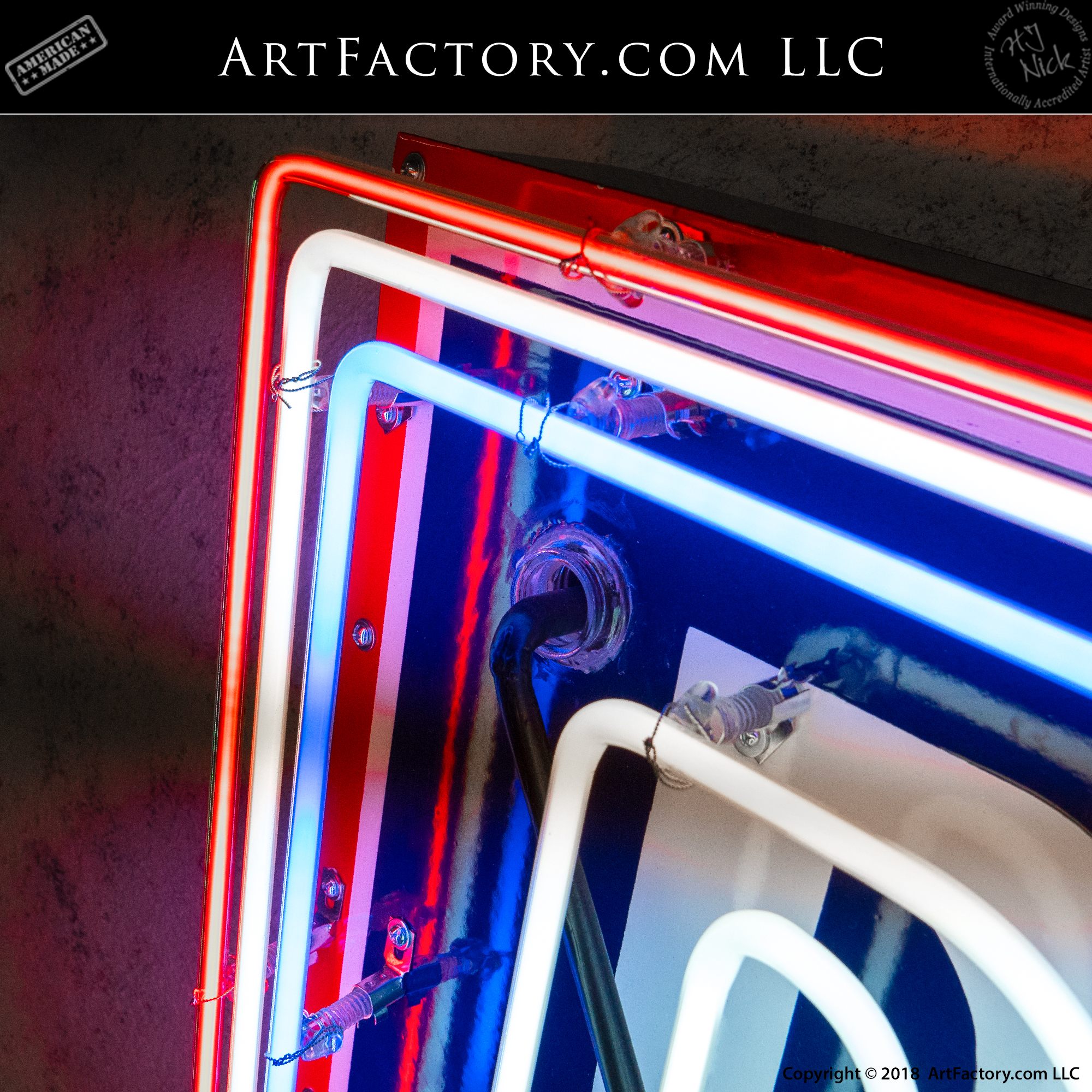
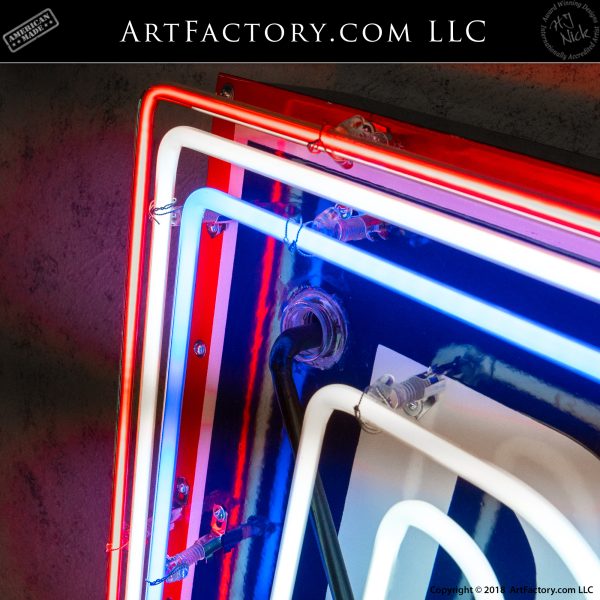
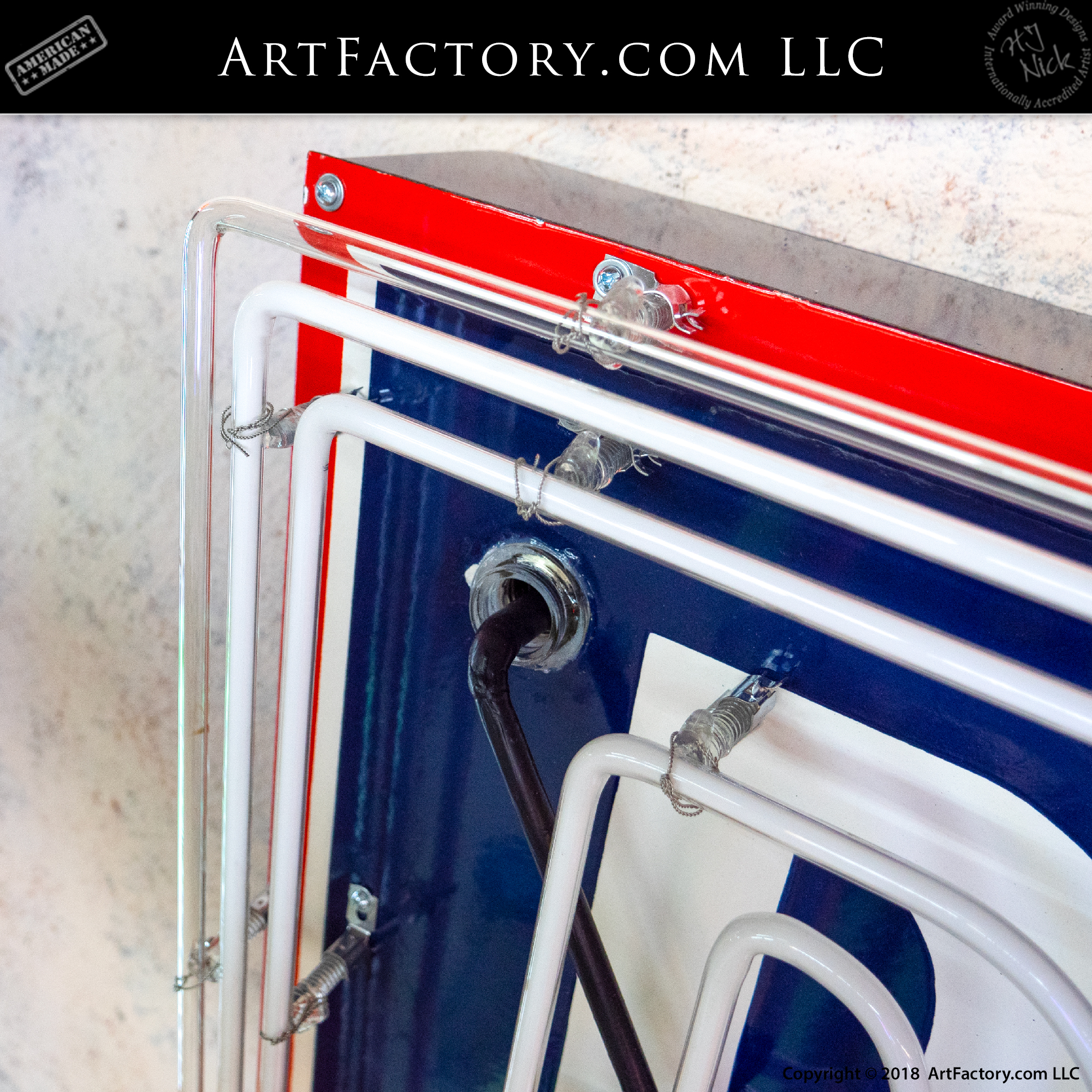






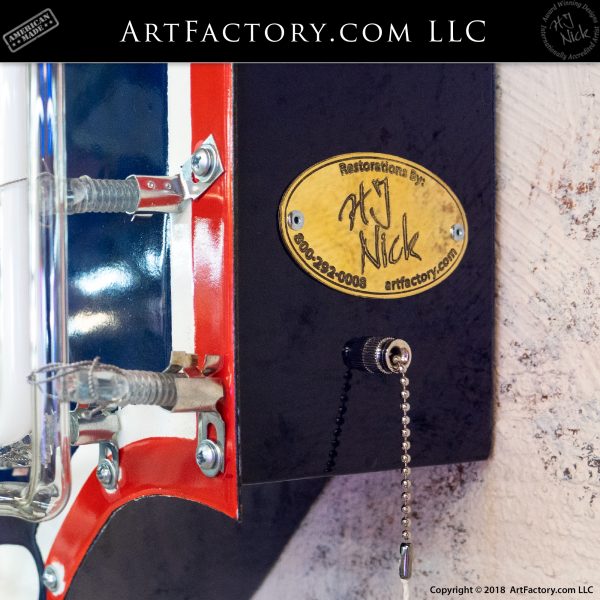

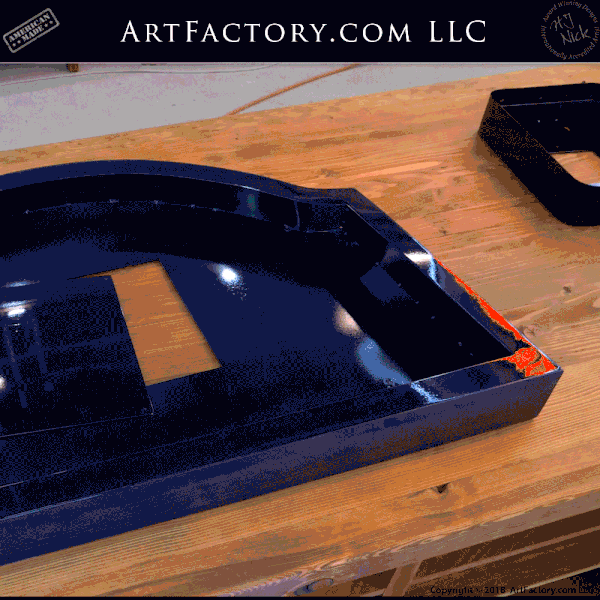
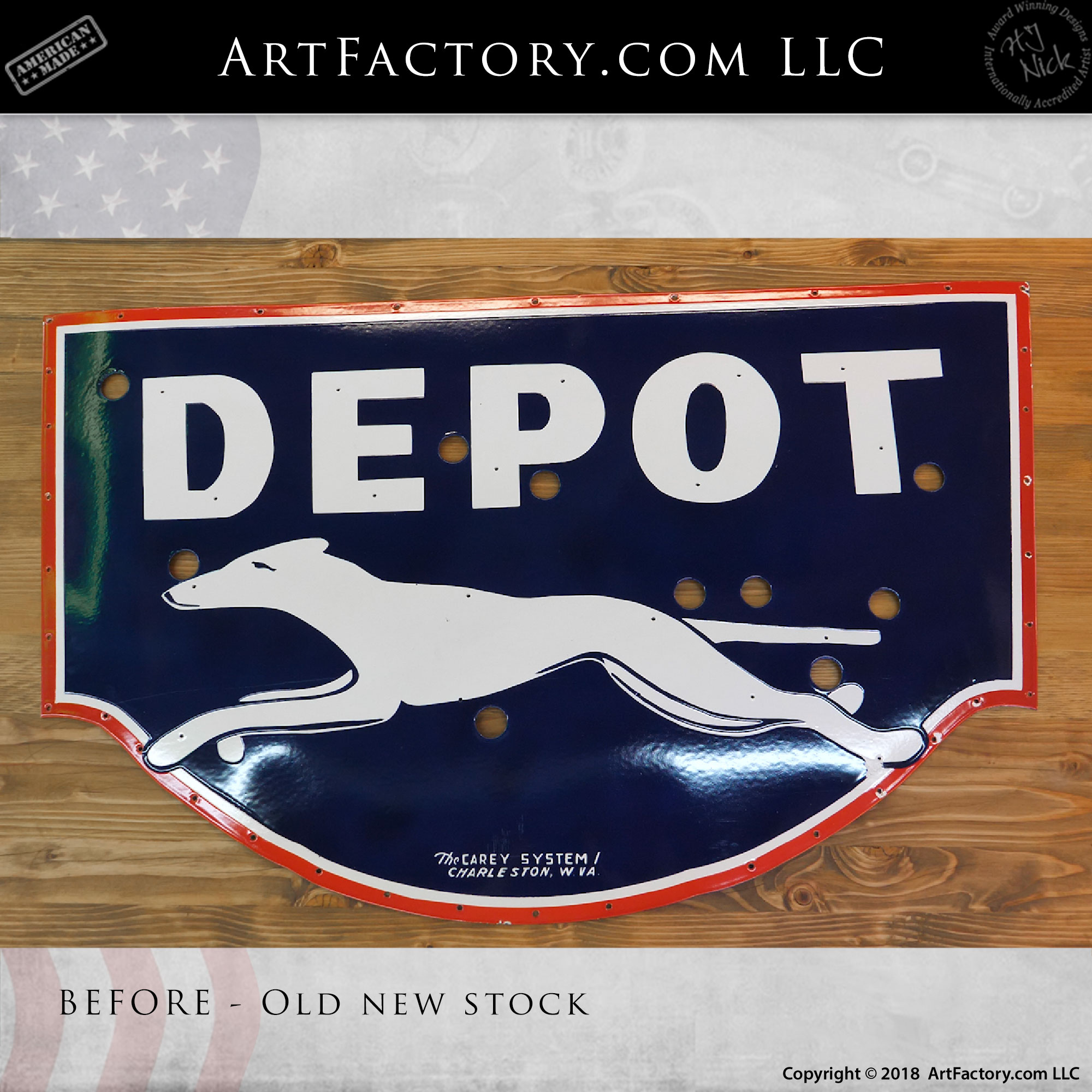
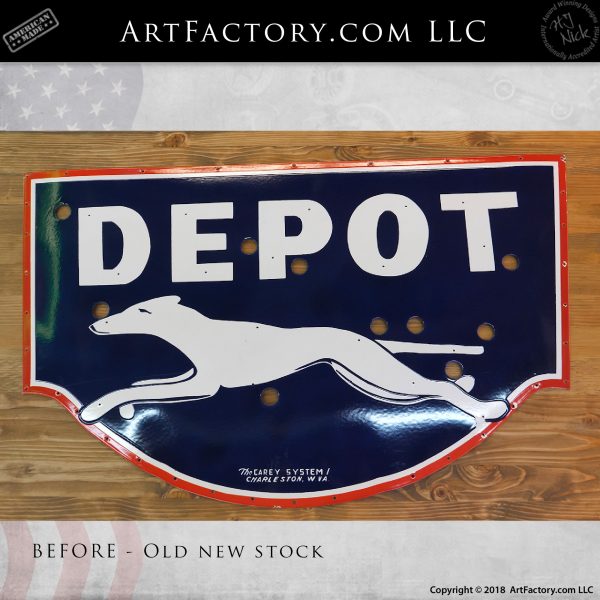

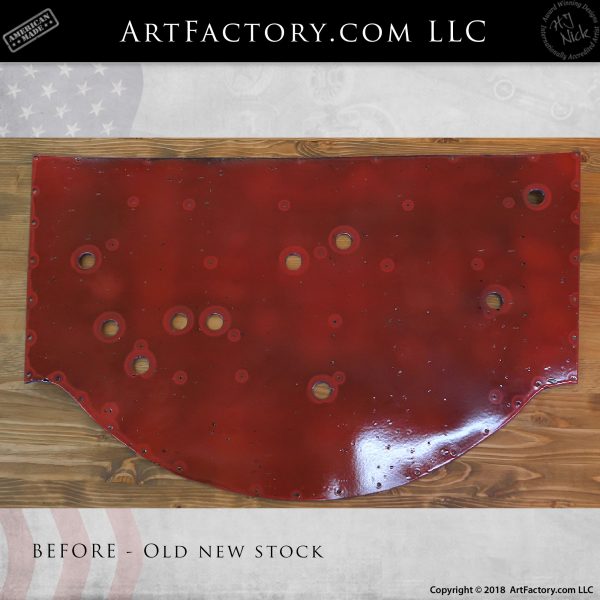

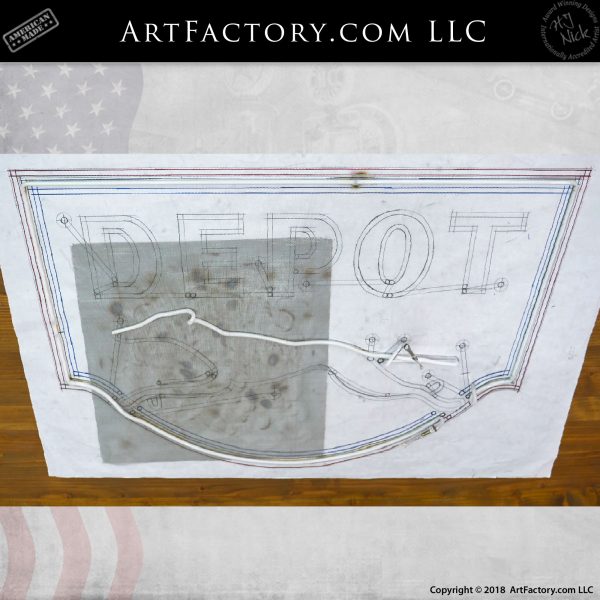
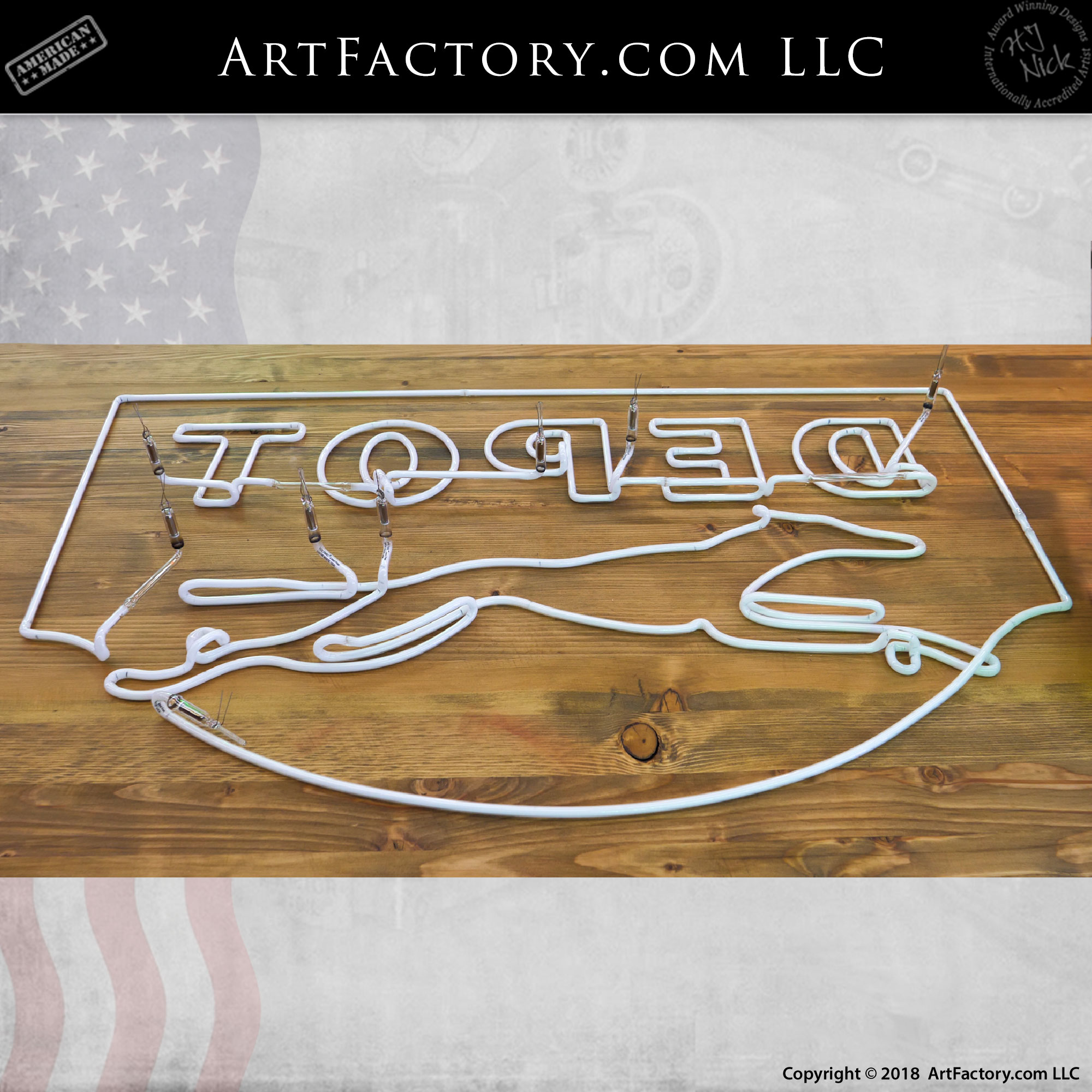
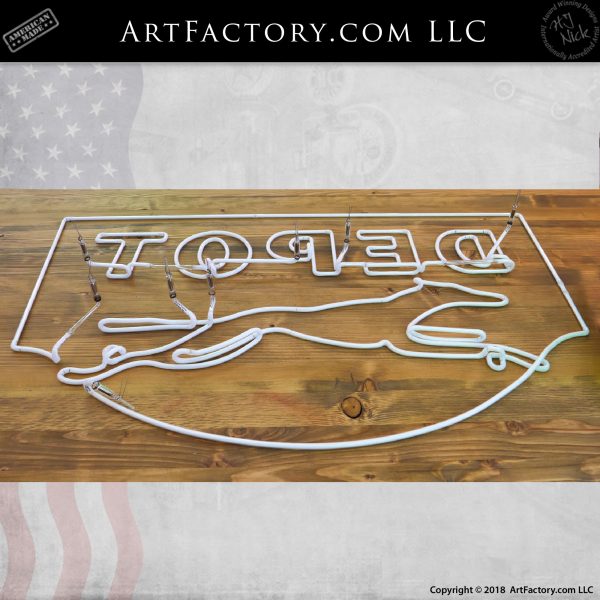
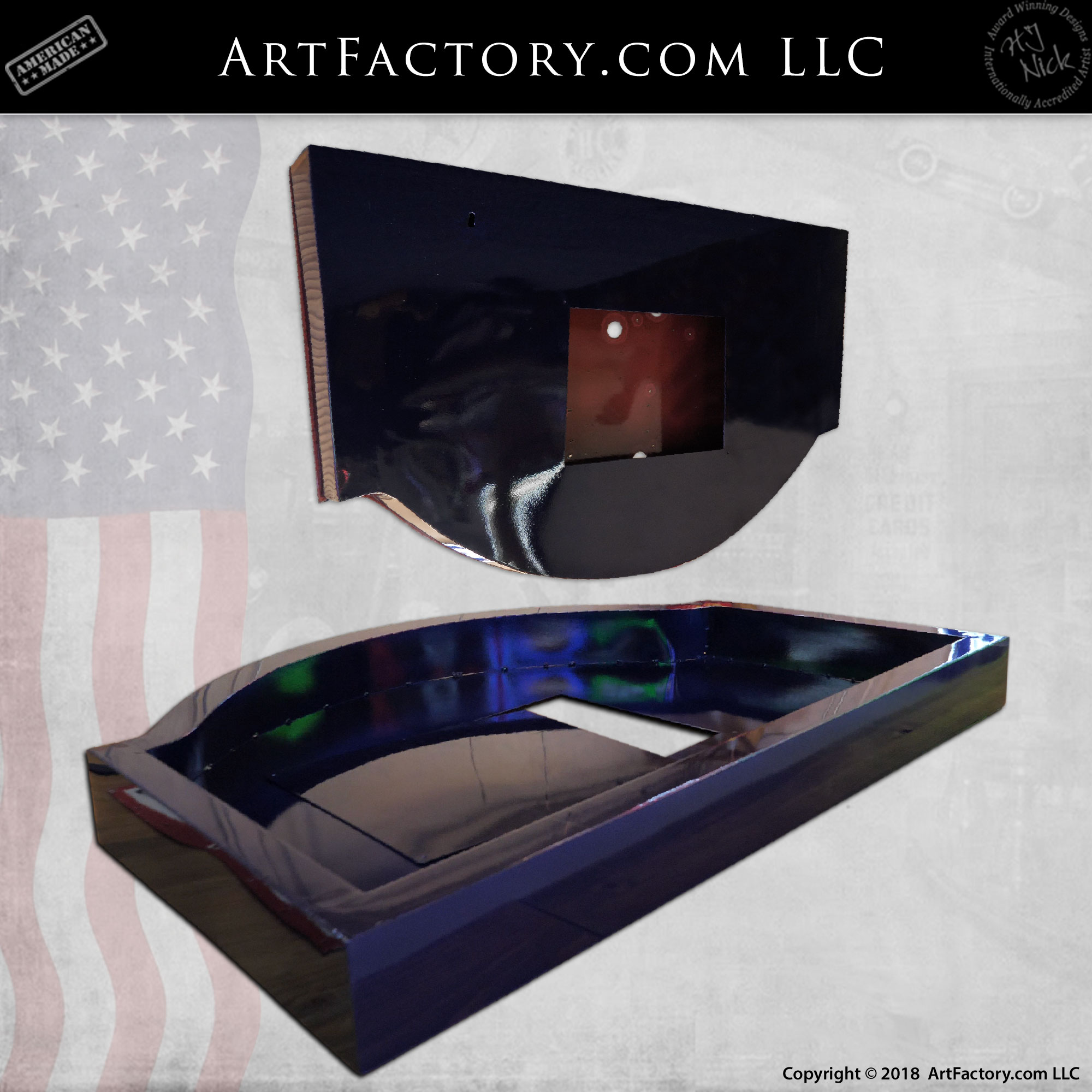
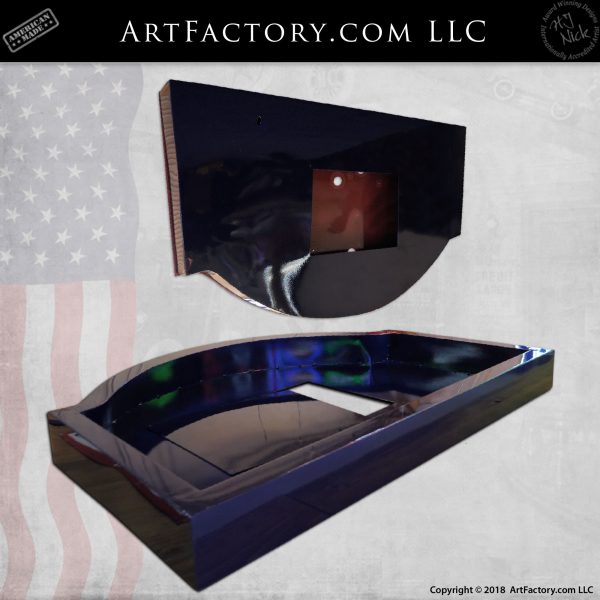



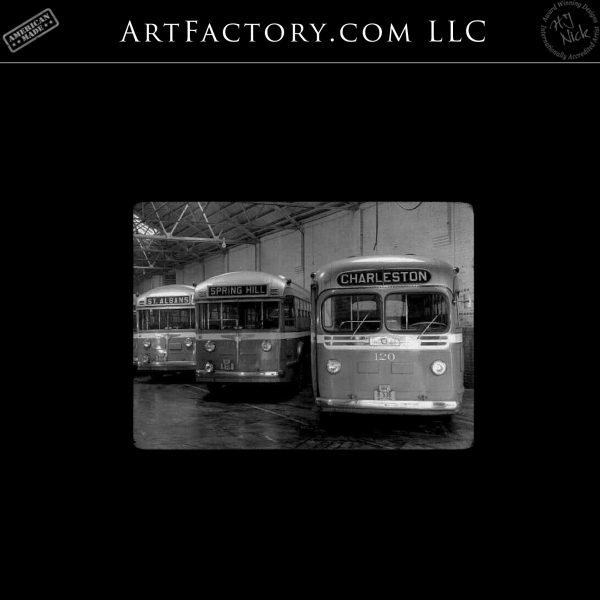
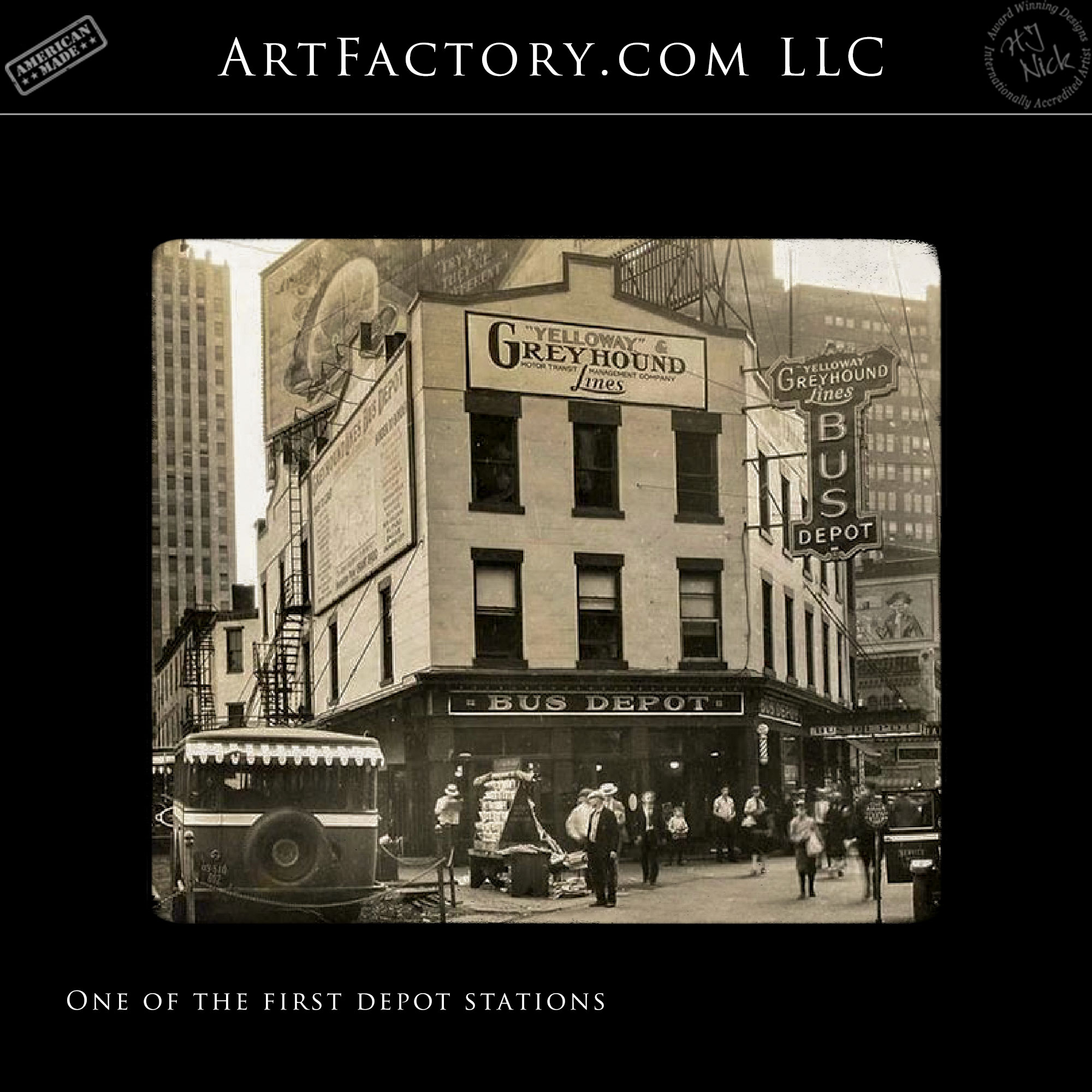
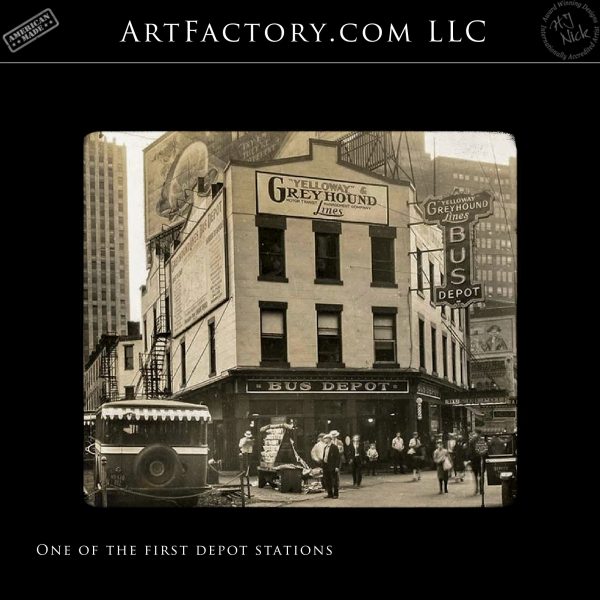
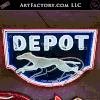
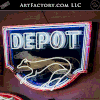
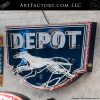
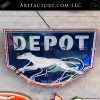
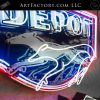
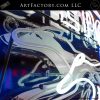
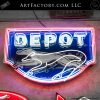
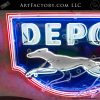
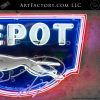


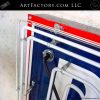
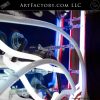

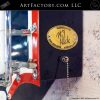

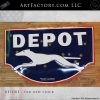
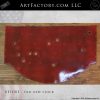
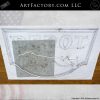
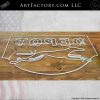

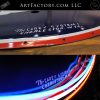

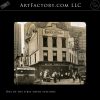
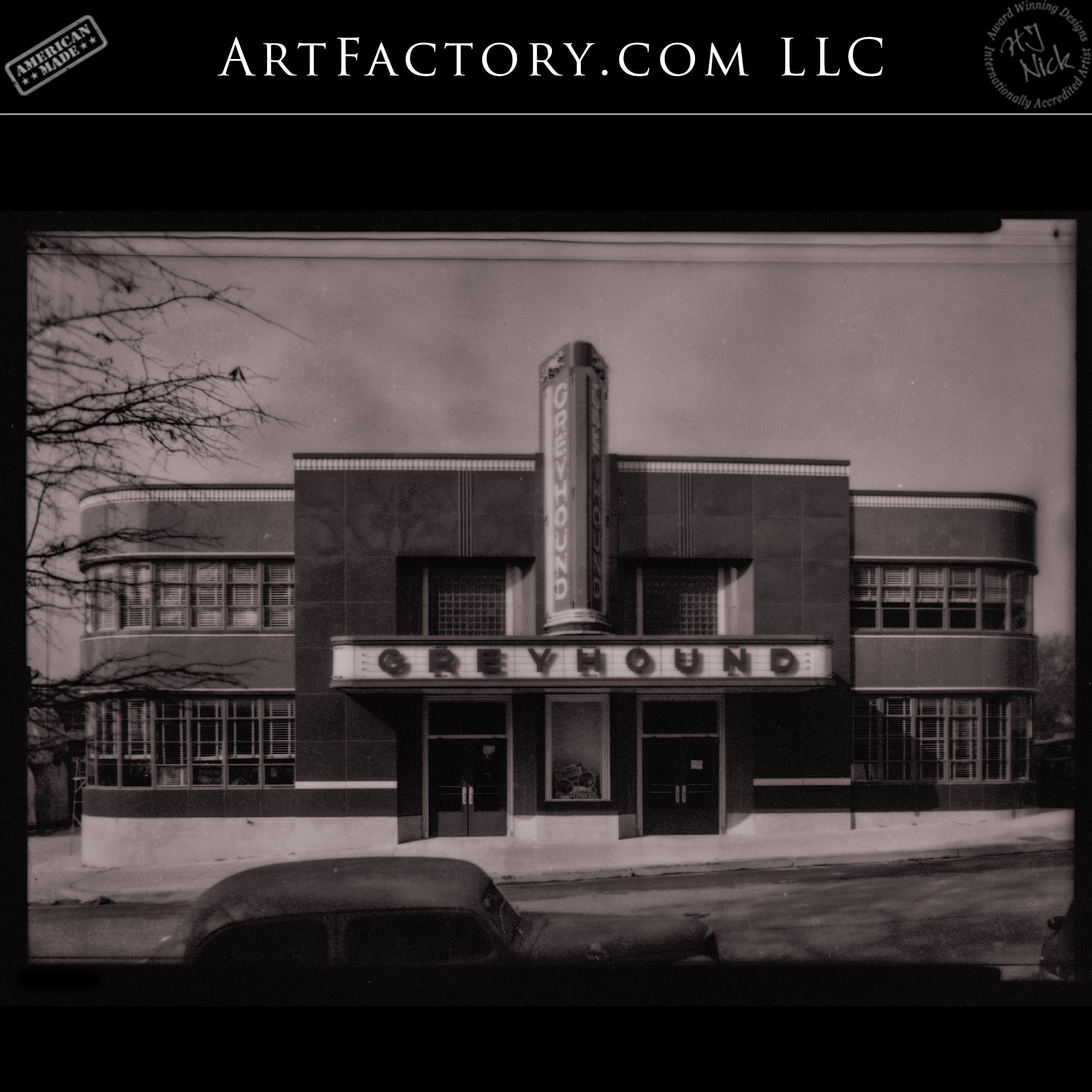

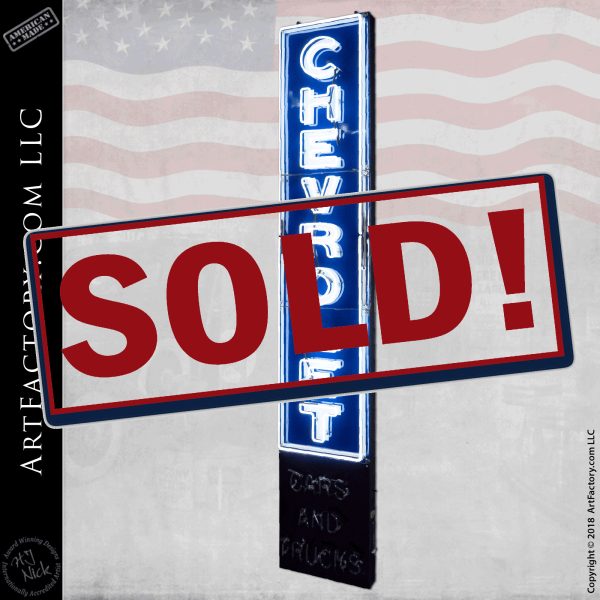
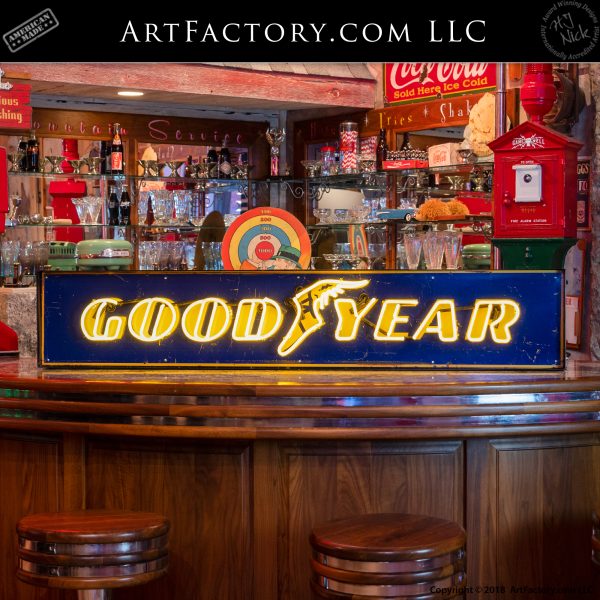
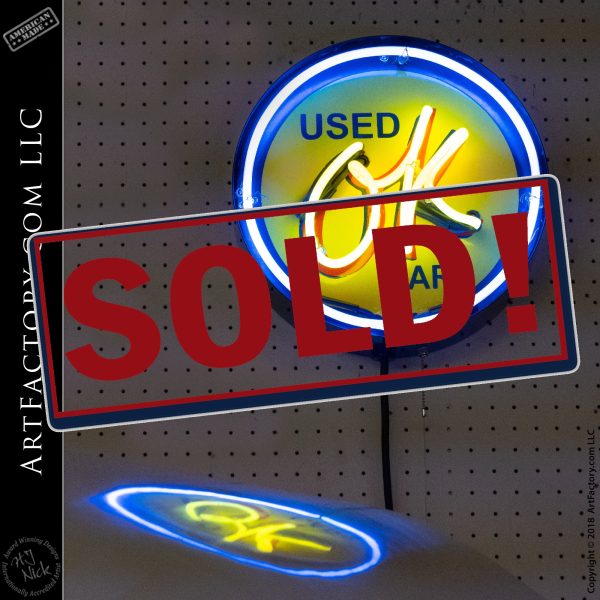
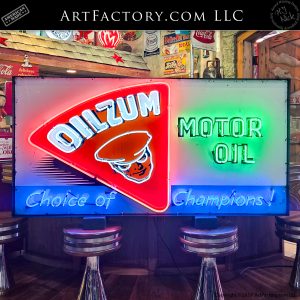
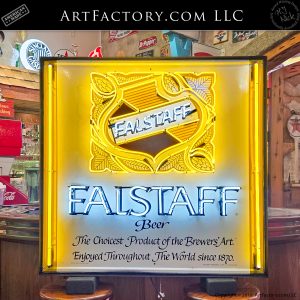
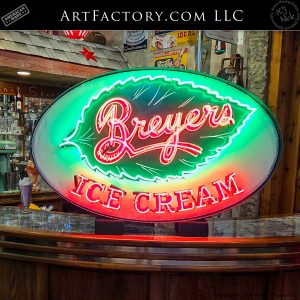
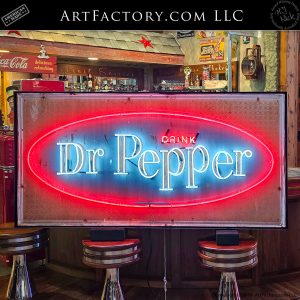
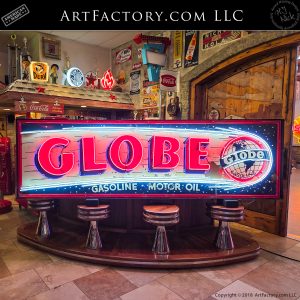
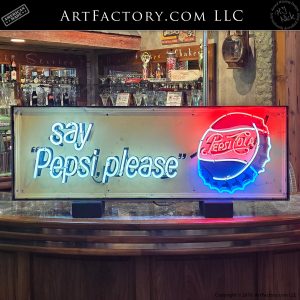
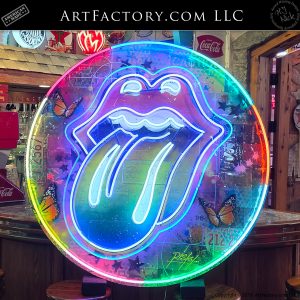

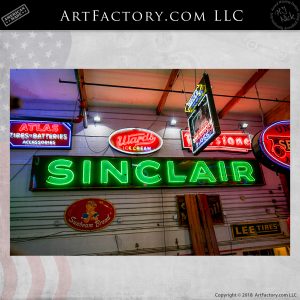
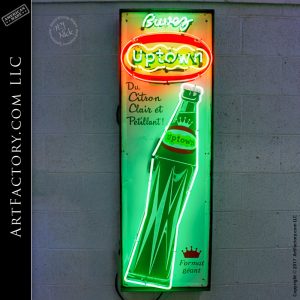
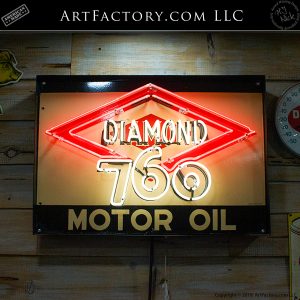
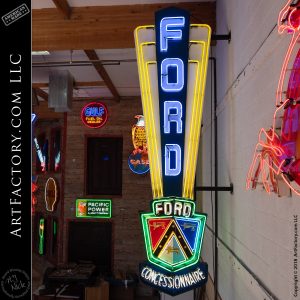
Reviews
There are no reviews yet.